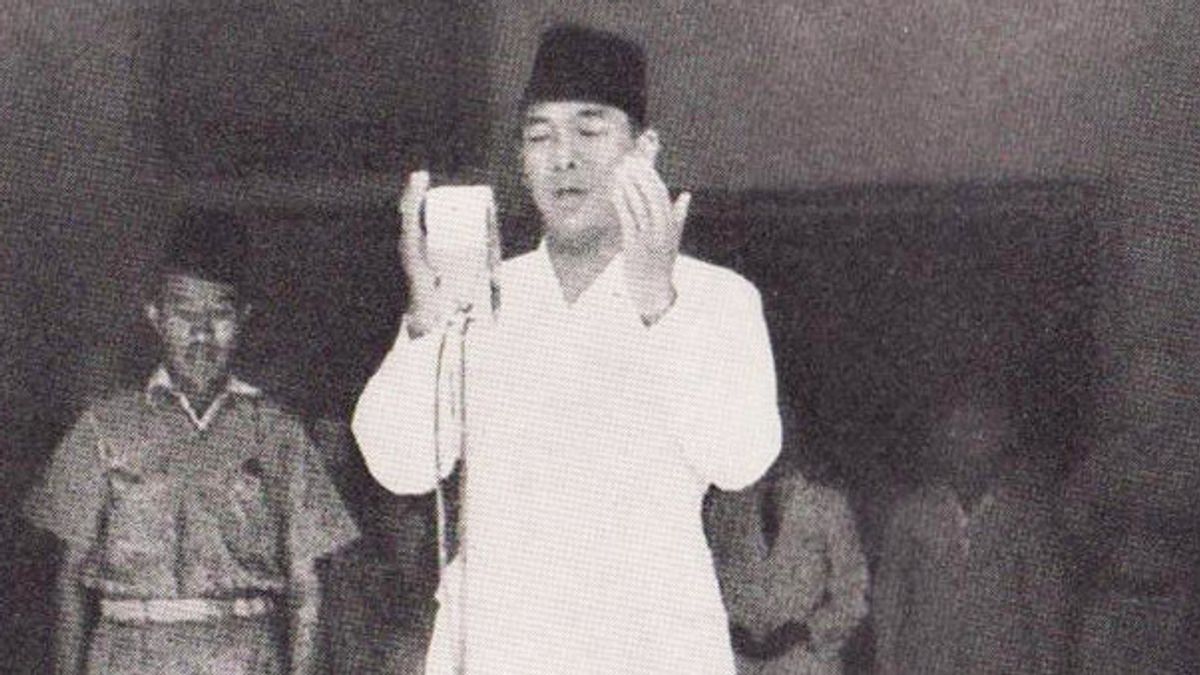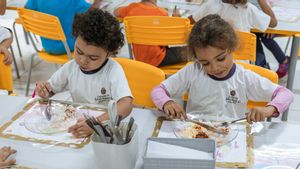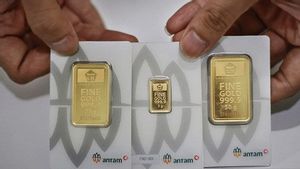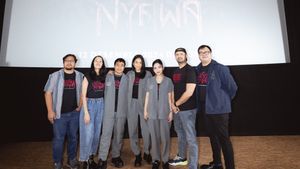JAKARTA - Many consider Indonesia's independence to be thanks to Japan. Indeed, the presence of Japan undermined the dominance of Dutch colonialism. Japan has repeatedly promised Indonesia's independence, from September 7, 1944 to early September 1945. There are also those who link the bombings of Hiroshima on August 6, 1945 and Nagasaki on August 9, 1945 as a lucky moment that made Indonesia finally independent. Is that true?

The plan for Indonesian independence came to the fore when the Agency for the Investigation of the Preparation for Indonesian Independence (BPUPKI) was formed on March 1, 1945. It is noted that BPUPKI held plenary sessions twice, namely on May 28-2 June 1945 and July 10-17, 1945. After that, the army and The Japanese navy held a meeting in Singapore at the end of July.
The result of the meeting was to grant independence to Java in early September. Other areas are promised to follow. After the atomic bombs exploded in Hiroshima and Nagasaki, Japan immediately invited Soekarno, Hatta, and Radjiman Wediodiningrat to Dalat, Vietnam. Immediately, General Terauci appointed Soekarno and Hatta as Chair-Deputy of the Preparatory Committee for Indonesian Independence (PPKI). The goal was again to lure Indonesia with independence on August 24, 1945.
“On August 8, 1945, Soekarno, Hatta, and Radjiman were summoned by General Terauchi to Dalat in Indochina. There, on August 11, 1945, General Terauchi promised them that independence would be granted to Indonesia on August 24, 1945. A legislative session would be held on August 19, 1945. The week leading up to the promised independence would be used to circulate and ratify the Constitution. previously compiled by PPKI,” wrote George McTurnan Kahin in the book Nationalism & Indonesian Revolution (2013).
Indonesian independence
Soekarno and Hatta returned to Indonesia on August 14, 1945. In Indonesia they met opposition from the nationalist guerrillas. They did not want Indonesia's independence to be obtained through gifts from Japan. They chose their own path of independence outside the Japanese scenario.
All Indonesian people are also determined to win unconditional independence from Japan through various means, including violence. The underground movements in Java were already preparing for rebellion. Moreover, Soekarno, Hatta, and Radjiman had discovered the fact that Japan had surrendered to the allies so that it ignited the spirit of the revolution.
“At the time around the return of Soekarno and Hatta, rumors about Japan that would soon come to its knees had become the talk of the community. Sjahrir, who was very knowledgeable about international news, visited Hatta to push for the proclamation of independence from PPKI, so that the Allies' accusations of being a puppet state of Japan would be powerless,"
“In a radio broadcast from Australia, the Dutch government on the run emphasized that it was strongly against the Indonesian leaders who cooperated with the Japanese authorities. So Hatta gave the answer to Sjahrir, if Sukarno and he were going to proclaim independence in another form, Sjahrir considered it impossible - it didn't matter in what way the proclamation was carried out," Harry A. Poeze in Tan Malaka's book, the Left Movement, and the Indonesian Revolution Volume 1 ( 2008).
At that time there was a conflict between the old and the young. Soekarno-Hatta, part of the old group, was reluctant to proclaim independence in a hurry on August 15, 1945. The younger group lost their temper. They kidnapped Soekarno and Hatta to Rengasdengklok for negotiations on August 16, 1945. The day after that, August 17, 1945 was chosen as the historic day of the Proclamation of Independence of the Indonesian Nation.
"After giving his speech, Bung Karno started reading the text of the Proclamation of Indonesian Independence. I saw some people shed tears, happy mixed with emotion. I could see Pak Suwirjo sobbing, and so did I. At that time saw many men shed tears. I saw Bung Karno and Bung Hatta shaking hands."
"Meanwhile, Mr. Latief Hendraningrat is preparing to raise the Sang Saka Merah Putih. I together with SK Trimurti go to the flagpole. The flag ceremony is led by Mr. Latief, accompanied by the song Indonesia Raya, without music. Everything is orderly and solemn," said Fatmawati (Mrs. Fat) in the book Small Notes with Bung Karno (2016).
* Read other information about NUSANTARA HISTORY or read other interesting articles from Detha Arya Tifada.
Other MEMORIESThe English, Chinese, Japanese, Arabic, and French versions are automatically generated by the AI. So there may still be inaccuracies in translating, please always see Indonesian as our main language. (system supported by DigitalSiber.id)









